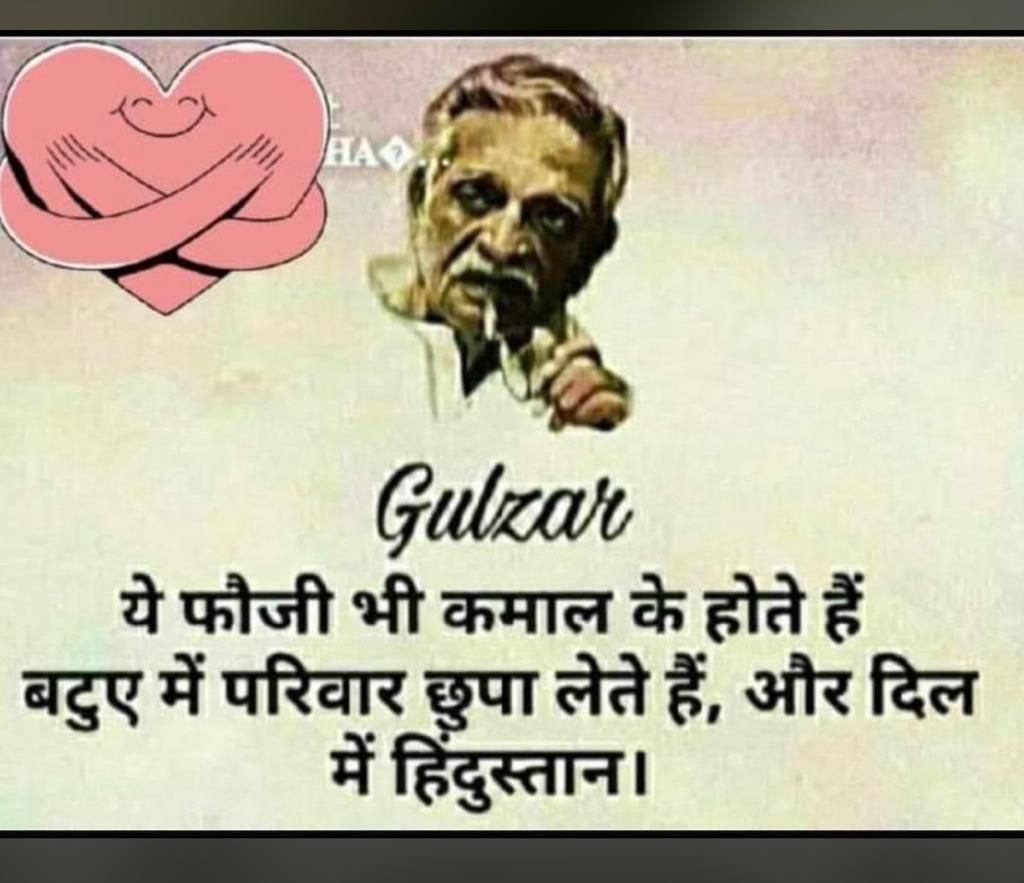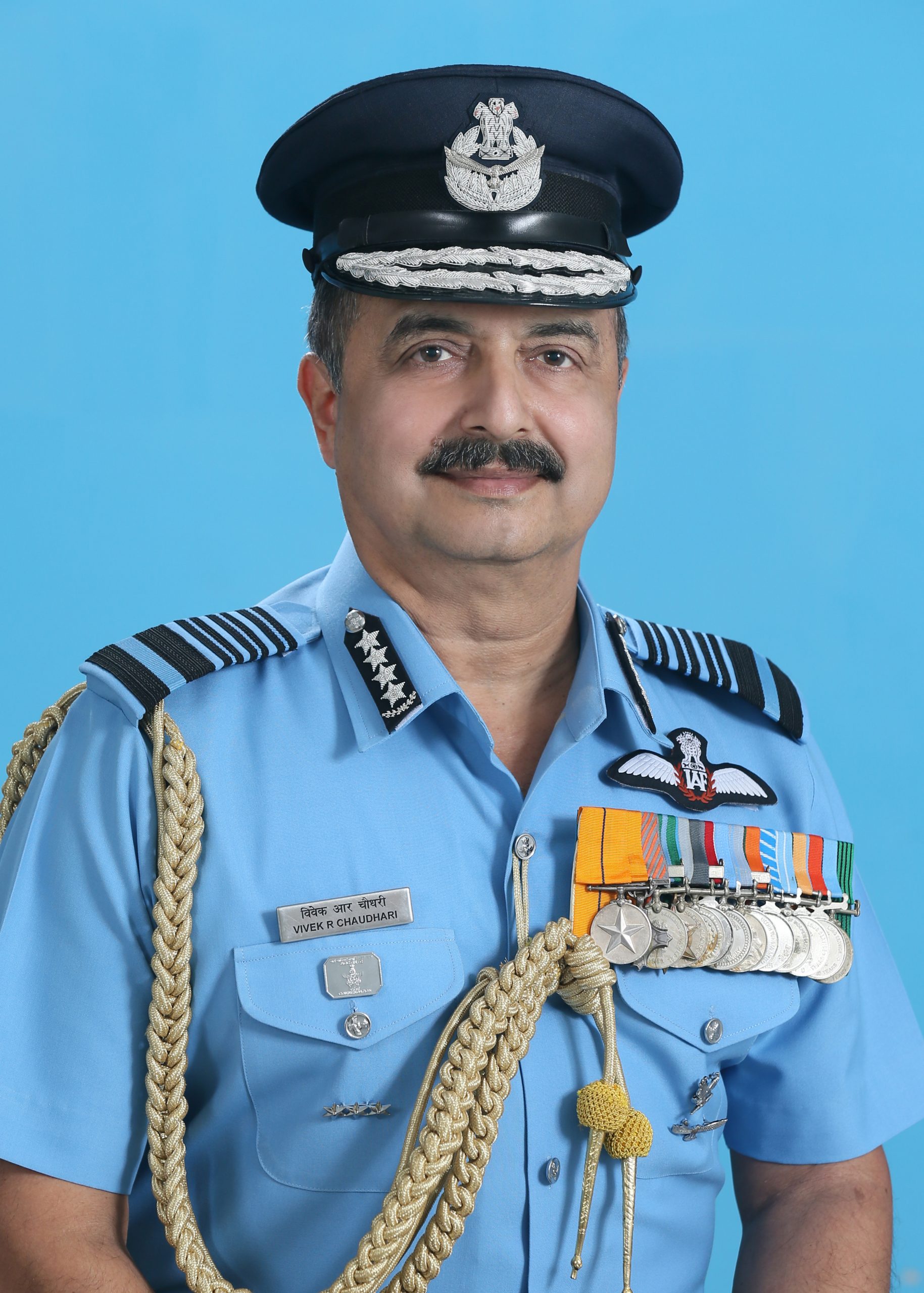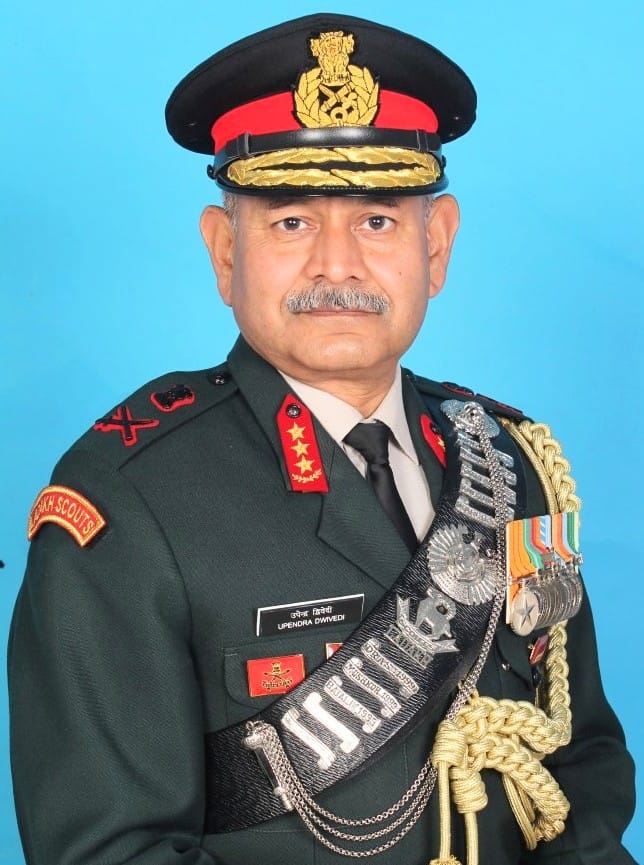
The logic of this strategy is simple — tire the Chinese out because it is difficult to sustain an indefinite large-scale deployment in this difficult terrain with extreme weather in winter. However, the danger is that if the Chinese come to sense India’s strategy, they may raise the ante and attempt to seize Daulat Beg Oldi Sector and areas to the north-east and east of Pangong Tso.
Also read: India has to plan for a hot war where friends are few. US-China cold war won’t help it
Coercive military pressure
This strategy can only succeed by maintaining coercive military pressure, and not without “exerting any military pressure” as spelt out by the de facto official spokesperson quoted in a recent report in The Indian Express. I am sure this relatively junior government/military official has let his imagination run wild. This is almost signalling defeat and accepting fait accompli. I sincerely hope that this is not the view of the Narendra Modi government and the military hierarchy.
As per The Indian Express report on the situation at LAC, a government official was quoted as saying, “New Delhi has decided to stick to its strategy of ‘incremental change despite slow progress’ while pressing for the end-goal, the restoration of status quo ante as of April. It has also ruled out application of any kind of military pressure against China as an option, so as to avoid any inadvertent escalation.”
ALso read: India has two options with stubborn China. The better one involves taking the battle to them
The disturbing silence
It is unusual and disturbing that an anonymous “government official” is holding forth on national security strategy in a casual manner while the Prime Minister, Defence Minister, National Security Advisor, Chief of Defence Staff and the service chiefs remain silent. The only charitable explanation could be that these statements are part of strategic deception. But if that is the intent, such statements must be made formally at the Defence Minister/NSA/CDS level.
We are deeply grateful to our readers & viewers for their time, trust and subscriptions.
Quality journalism is expensive and needs readers to pay for it. Your support will define our work and ThePrint’s future.
At the Friday meeting of the Working Mechanism for Consultation & Coordination on India-China Border Affairs, both sides agreed to hold further talks at the level of Corps Commander. Status quo continues to prevail at Depsang and north of Pangong Tso with no progress on disengagement. At Hot Springs and Gogra, the disengagement is not as per the agreement reached during earlier talks. It is only in the Galwan Valley that the troops have disengaged and a buffer zone of 4 km has been created.
On Tuesday, Chinese Foreign Ministry spokesperson Wang Wenbin highlighted the four rounds of Corps Commander-level talks and three meetings under the Working Mechanism for Consultation and Coordination on China-India Border Affairs. Wenbin said, “As border troops have disengaged in most localities, the situation on the ground is deescalating and the temperature is coming down.” The statement indicates that China does not visualise any further disengagement.
Also read: Galwan lesson for Indian soldiers: Don’t wait for orders, just assume them
Strategic and tactical significance of areas of intrusion
The terrain of Eastern Ladakh is unique. Up to Leh and 150 km to the east, the terrain is extremely rugged with narrow valleys and surrounding hill ranges, varying in height from 15,000 to 23,000 feet. This topography also prevails up to 130 km north of Pangong Tso along the Shyok River up to Depsang plains and east of this line for 60-80 km. Beyond these areas is the extension of the Tibetan plateau. The valleys become broader, the base height rises to 14,000-15,000 feet, and surrounding hill ranges are a mix of rugged and relatively gradual terrain. The latter terrain is only 2,000-3,000 feet higher than the valleys and after reconnaissance, it can be negotiated by tracked and high-mobility vehicles.
Since peace prevailed along the LAC, it was not defended like the Line of Control (LoC), but only policed by the Indo-Tibetan Border Police (ITBP). The main defences of 3 Infantry Division were based on the Ladakh Range and Pangong Range in the Indus Valley and Chushul bowl, respectively. The DBO Sector being a plateau, the defences are based on relatively higher features. The Galwan Valley was only policed by the ITBP.
The main defences are based on the sound principle of dominating heights and convergence of avenues of approach. This left a forward zone of 10-80 km to the east, which was policed by the ITBP and kept under surveillance.
In the event of a war, this area was to be dominated by selective defensive/delaying positions and mechanised forces. While the bases of the formations are well to the rear, sufficient force was maintained near main defences for preemptive tasks on and across the LAC, particularly in areas of differing perceptions. However, we failed to exercise this option.
The LAC was based on the positions held by the rival forces at the time of the 1993 agreement. China’s 7 November 1959 assertion (also known as 1960 claim line) north of Pangong Tso and in Depsang Plains was further west of the LAC by 10 and 20 km, respectively. The alignment of the 1959 claim line had been carefully planned by the Chinese. It is tactical in nature. It allows the PLA to cut off our forward deployment in all sectors and completely isolate all sectors from each other, particularly DBO Sector.
The preemptive intrusions and concentration of troops at Depsang, Galwan river, Hot Springs-Gogra-Kongka La and north of Pangong Tso places India at a disadvantage in a war. The DBO Sector is likely to be completely isolated by an offensive in Galwan River valley and the bottleneck area at Burtse. Hot Springs-Gogra-Kongka La area can be cut off at Phobrang by an offensive from Finger 4 and Ane La. This places us at the risk of losing our entire territory east and north-east of Pangong Tso along with the DBO Sector. Also, our major riposte options get restricted to Chushul Sector,Indus River Valley Sector and Chumar Sector.
Also read: Modi has chosen discretion on China because India’s real failure is in defence capabilities
Recommended operational strategy
The strategy should be to strive for status quo ante with or without buffer zones with an indefinite “face-off” while simultaneously remaining poised with “fortress defence” of the areas likely to be isolated and attacked, and by maintaining a potent counter-offensive capability.
In execution, it implies fortifying the DBO-Galwan Sector, Hot Springs-Gogra-Kongka La-Tsogtsalu Sector and Marsimik La-Ane La-Phobrang- Fingers 1-3 Sector with overwhelming resources that must have an inbuilt tactical counter-offensive capability. The defences and habitat should be of a permanent nature. These sectors should be prepared to fight even when isolated. Main defences on Ladakh and Pangong Ranges must continue to be manned. Our reserves must be arrayed for an operational-level counter-offensive in Chushul/Indus River Valley/Chumar Sectors.
India’s armed forces have the capability to execute the above strategy, which, apart from tiring the PLA out, caters to its escalation while maintaining a responsive or self-initiated capability for an operational-level offensive. It would be prudent to formally inform the nation about the essentials of our strategy rather than let unnamed officials run riot with their imagination.
Lt Gen H S Panag PVSM, AVSM (R) served in the Indian Army for 40 years. He was GOC in C Northern Command and Central Command. Post-retirement, he was Member of Armed Forces Tribunal. Views are personal.














































































